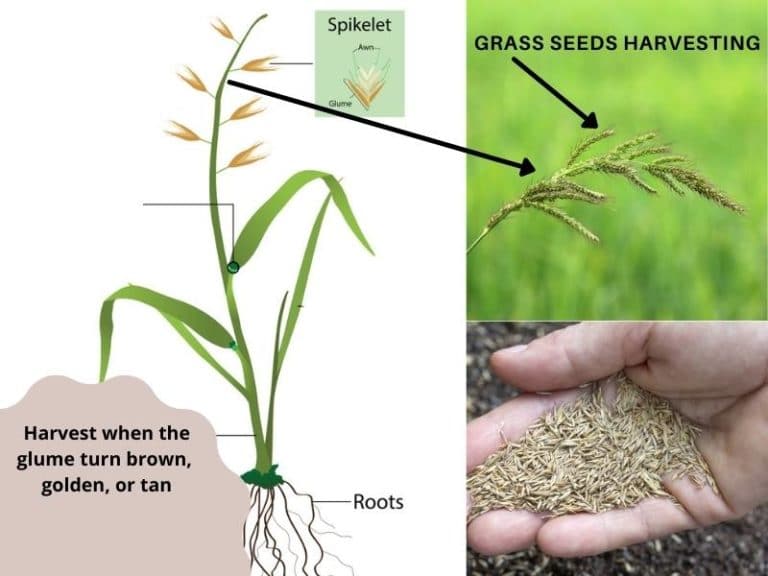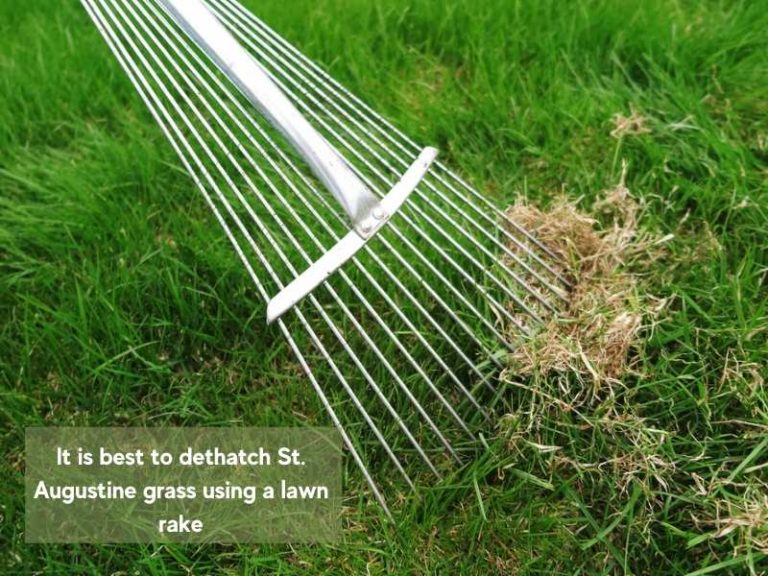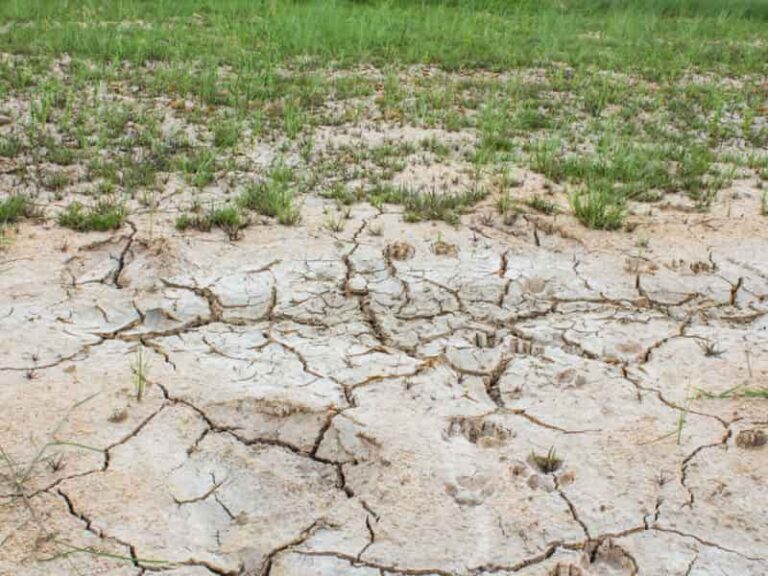Buffalo Grass Turning Yellow In Winter
Buffalo grass is a relatively cold tolerant grass. However, it cannot remain lush and green during the winter season. The grass will undergo dormancy and discoloration in extremely low temperatures to protect itself. Manage your lawn to ensure that your grass is in good health in the winter season.
Buffalo grass becomes yellow and dormant in winter when there’s minimal sun exposure and food production. It conserves energy during this time. Applying winter-friendly fertilizer and supplemental nutrients is one way of making your grass healthier during winter. Overseed your lawn with cool-season grasses to fill bare patches.
Table of Contents
Does buffalo grass turn yellow in winter?
Buffalo grass turns yellow or straw brown in winter. In extreme cases, the grass may die, resulting in dead patches due to extended winter.
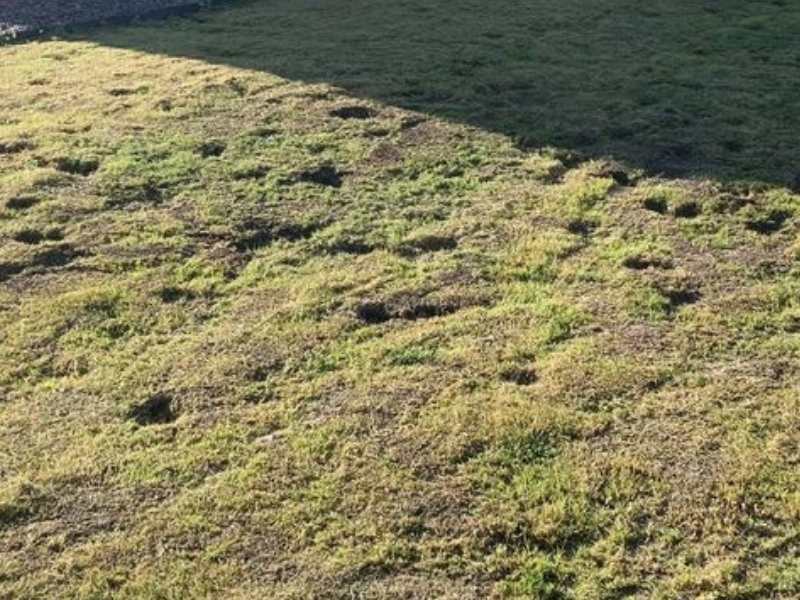
Buffalo grass is a warm-season grass that thrives in temperatures between 20-32 degrees Celsius. It cannot survive in subzero temperatures. Buffalo grass can grow in altitudes up to 2000 meters. It’s therefore cold-tolerant in the northern regions, but can you grow buffalo in Arizona?
Buffalo grass becomes dormant during winter when temperatures drop. The leaves appear dead, although the roots are still active. However, they regain their natural green during spring.
Frosting damages buffalo grassroots and leaf blades. Heavy frosting will freeze the plant and cause a significant color change. Further temperature drops exaggerate the discoloration.
The cold tolerance among buffalo grass cultivars is different. Freezing temperatures inhibit root and shoot growth. Tatanka and NE91-118 cultivars show relatively faster shoot and root regrowth than other cultivars. Tatanka and Texoca are most cold-tolerant in freezing temperatures.
Why is my buffalo grass going yellow in winter?
Buffalo grass turns yellow when it’s dormant during winter to conserve its energy. This results in reduced metabolism resulting in slow or no growth in dormancy.
During this period, the turfgrass changes color depending on the severity of the cold or frost. The color ranges from yellow to brown straw-like color. Some varieties become yellow more than others. The only upside to winter dormancy is the reduced maintenance.
While the leading cause for yellowing may be temperature drops, other reasons could contribute to color changes in winter.
- Heavy frosting, especially for weeks or months, damages the roots, causing reduced nutrient intake. Nutrient deficiency (nitrogen, phosphorus, potassium, magnesium, iron) leads to yellowing or dead patches.
- Fungal diseases such as snow mold and rust result in yellowing. Buffalo grass is also susceptible to fungal infections such as leaf blotch, which can turn into brown spots on buffalo grass.
- Improper fertilization and nutrient deficiencies are likely causes of winter yellowing. Buffalo grass doesn’t need too much Nitrogen. Excess nitrogen leads to too much iron in the lawn or Iron chlorosis which makes the grass appear yellow.
- Bugs, pests, and insects attack the plant, reducing nutrient intake and food production. Grubs and chinch bugs attack the roots, offsetting color changes in Buffalo grass. Continuous application of chemicals on lawns can also lead to grass blades turning yellow.
- Planting buffalo grass in fully shaded areas results in browning and thinning of buffalo grass. This grass requires adequate sunlight for photosynthesis. Lack of sunlight inhibits that process, resulting in discoloration. After the winter, the grass under shade may not revive from dormancy.
- Dog urine can also lead to the yellowing of buffalo grass in winter or even in its growing seasons. Urine generally contains high nitrogen content, thus, leading to grass yellowing over time.
- Heavily compacted soils cause yellow spots in the grass. This can occur by repeatedly walking on or being driven, undoubtedly harming the grass lawn.
Some winter-friendly buffalo grass varieties have the ability to self-repair.
How to fix a yellowing buffalo grass lawn in winter?
The first step in dealing with yellow is getting an accurate diagnosis. Get an expert to identify the real cause of the problem. This involves collecting turf samples of the affected areas and submitting them to the experts.
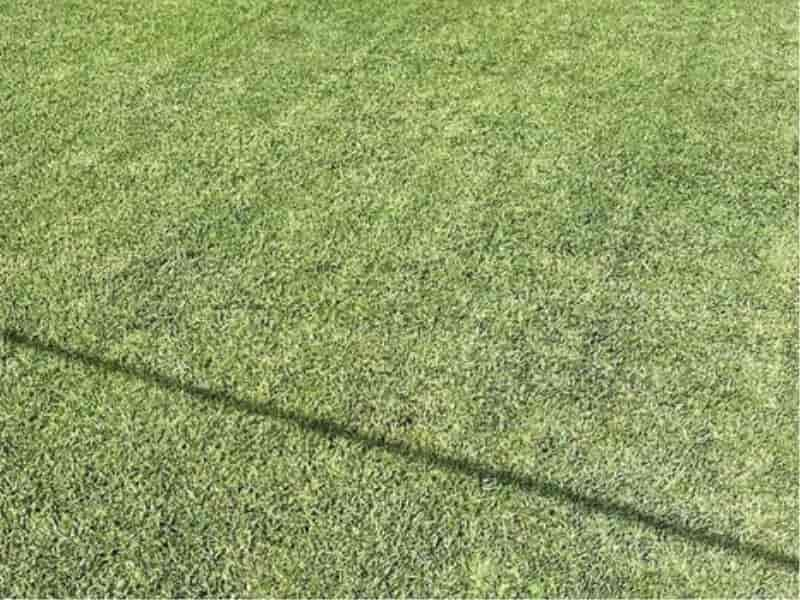
Winter yellowing is a natural process, there’s practically nothing you can do to revive it from that state.
Apply a Winter Fertilizer.
Apply winter fertilizer in autumn in preparation for winter. Start fertilization at the beginning of November or sooner for most parts of the country to kickstart growth. The goal is to apply it about a month before winter intensifies.
Winter fertilizers are higher in potassium than fall fertilizers. Potassium helps the grass withstand cold and frost.
Most Buffalo grass varieties show better winter color improvement when fertilized in the winter. Simple Lawn Solutions(0-0-25) High Potassium Liquid Fertilizer works well for Buffalo grass in winter.
Note: Yellowing may be a symptom of overfertilized buffalo lawn.
Add Supplements
Make sure to apply Iron supplements such as Iron Chelate to your lawn. Buffalograss lawns need supplements, especially when it looks pale and yellow. Apply iron in autumn to be absorbed before winter begins.
Zinc, Iron, and Magnesium (Ironite Vs Milorganite) are essential for the soil to maintain grass color and growth. Spray with any of these products at least once a week.
Some people prefer a lawn colorant that keeps the grass green for three months. Lawn colorants include Endurant by Geoponics.
Proper care and maintenance.
Your lawn will need less maintenance in the winter.
- Mow your Buffalo grass lawn at least once a month during winter. Lightly mow the tips that could have turned brown. Avoid mowing too frequently to avoid scalping.
- Water deeply, improve drainage, aerate the lawn, and use a sharp mower when mowing. Avoid over-irrigation and over-fertilization during this period.
- Remove grass clippings with a rake to allow air circulation. Air circulation is crucial in keeping away disease-causing pests.
Use the right pesticides and fungicides.
Apply preventive fungicides to combat diseases that cause yellowing, such as snow mold, fusarium, and fairy rings.
Use the correct insecticide if the yellowing is caused by insects like clinch bugs that feed on the roots.
Reseeding or Resodding.
In extreme cases of yellowing and decline, you should overseed the lawn. You can use buffalo grass or another turfgrass species. Overseed with a cool-season variety if the area is prone to cold temperatures.
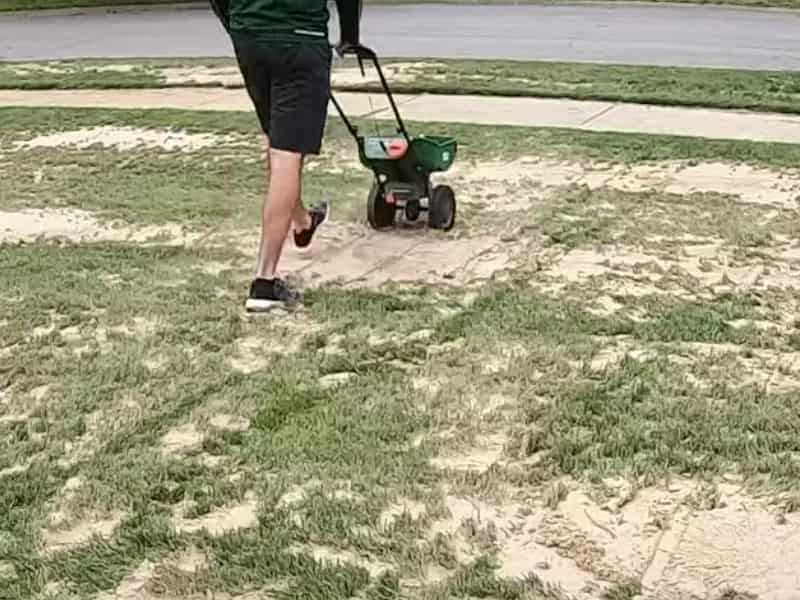
Ryegrass and tall fescue are some cool-season grasses you can mix with buffalo grass.
Tips to keep buffalo grass green in the winter
Prevention is better than control when managing buffalo grass discoloration in the winter.
- Choose the right turfgrass for your climatic conditions and weather patterns. Plant winter and disease-resistant variants to keep your lawn green throughout the season. Legacy Prestige and Turffalo Buffalo grass are great winter-hardy cultivars.
- Fertilize and apply iron or lime at the right time. Liquid fertilizer is mainly recommended to boost dormant Buffalo grass and encourage growth. Spring or summer is the best time to apply fertilizer.
- Use insecticides and pesticides to eradicate insects such as aphids and grasshoppers.
- Get rid of weeds such as Johnson grass. Remove any weed around your lawn that might creep onto the Buffalo grass turf. Use pre-emergent herbicides to eradicate the weeds before winter.
- Proper preparation and establishment are vital for root development if you are planting new grass.
- Fertilizing at the correct rate, mowing, and watering buffalo grass help with cold temperatures.
- Long grass will freeze and thaw faster than short grass. Mow it when dry to keep it short. Buffalo grass might not need frequent mowing since it grows slower in winter.
- Aerate and dethatch your buffalo grass lawn when necessary.
- Overwatering or too much water inhibits oxygen intake from the soil.
How do you revive buffalo grass?
Proper care (fertilization, mowing, watering, aeration, dethatching, and weed control) of buffalo grass will revive from dormancy and fill back in over time. Overseeding with buffalo grass or other grasses speeds up the recovery process.
Overseeding for the bare patches with grass seed is best done when soil temperatures reach 60-65°F. Pests like chinch-bugs does stress buffalo grass, prevent, monitor, and treat as needed.
What Weeds Does 2,4-D Kill in Lawn?
2,4-D effectively kills weeds when they are actively growing. Some of the weeds 2,4-D kills effectively include: dandelions, white and red clover, common and mouse-ear chickweed knotweed, plantain, black medic, Oxalis or creeping woodsorrel, wild violet and ground ivy and other list of weeds.
How do you fix a patchy buffalo?
To fix and fill in a patchy lawn you should: Aerate the lawn thoroughly in early spring using a core aerator. Overseed the bare and apply starter fertilizer to aid establishment. Apply a balanced fertilizer based on a soil test (high nitrogen fertilizer- promotes growth and recovery). Mow at height of 3-4 inches but avoid removing more than 1/3 of blades height. Irrigate deeply and infrequently as you control weeds with pre and post-emergent herbicides. Dethatch in early spring if thatch layer exceeds 1/2 inch to make buffalo grass spread and fill in the bare spots.
References
- University of Nebraska-Lincoln; Buffalograss Diversity Assessment?

